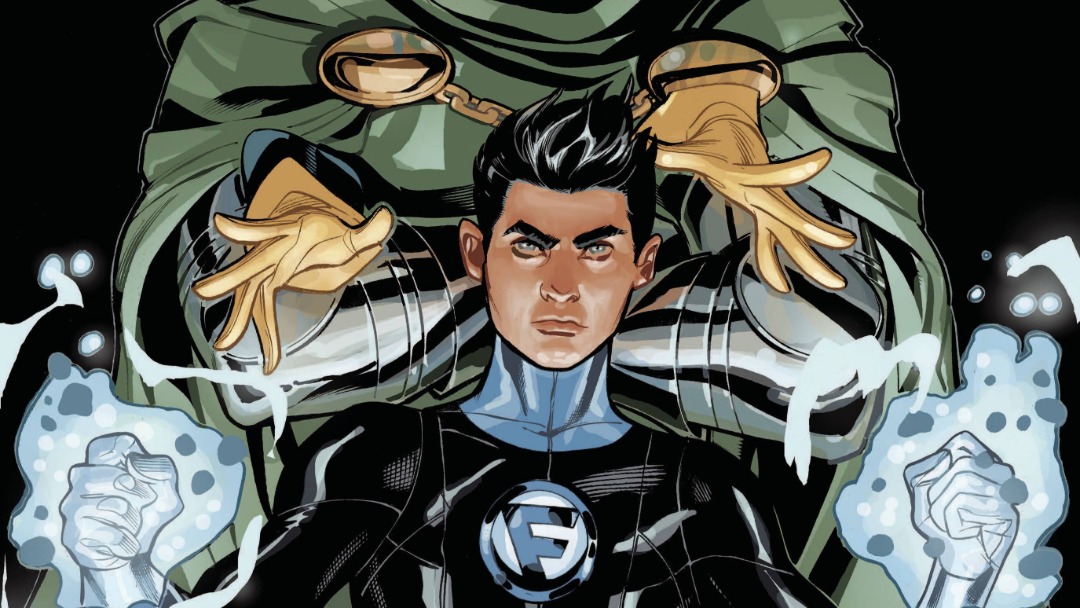Table of Contents Show
It may have taken a bit longer to get here than initially expected, but we made it to the end of the road that is X-Men/Fantastic Four. It’s been a fairly consistently thrilling ride over the course of these four issues. We’ve seen Franklin question his place in his family, as well as his potential place with his people, while those around him react and try to sway him one way or another.
Chaos ensued and things escalated more than I would have expected going into the series, which is certainly a positive, and I’m excited for what it means for the future of the X-Men and the Fantastic Four. X-Men/Fantastic Four #4 is written by Chip Zdarsky, with pencils by Terry Dodson, inks by Rachel Dodson and Ransom Getty, colors by Laura Martin, letters by VC’s Joe Caramagna. The main cover is provided by Terry and Rachel Dodson.
A Fight Against Latviathans
Just in case you don’t remember where we left off, here’s a refresher. All caught up now? Cool. Doom has deployed his Latviathans — the coining of a phrase that is perhaps one of Zdarsky’s finest accomplishments in comics — against the joint teams. Though they may look visually similar, these robots are not to be confused with sentinels, as they don’t specifically target mutants, just enemies of Doom. It makes for a dynamic fight scene that incorporates both teams in an attempt at displaying their power through unity.
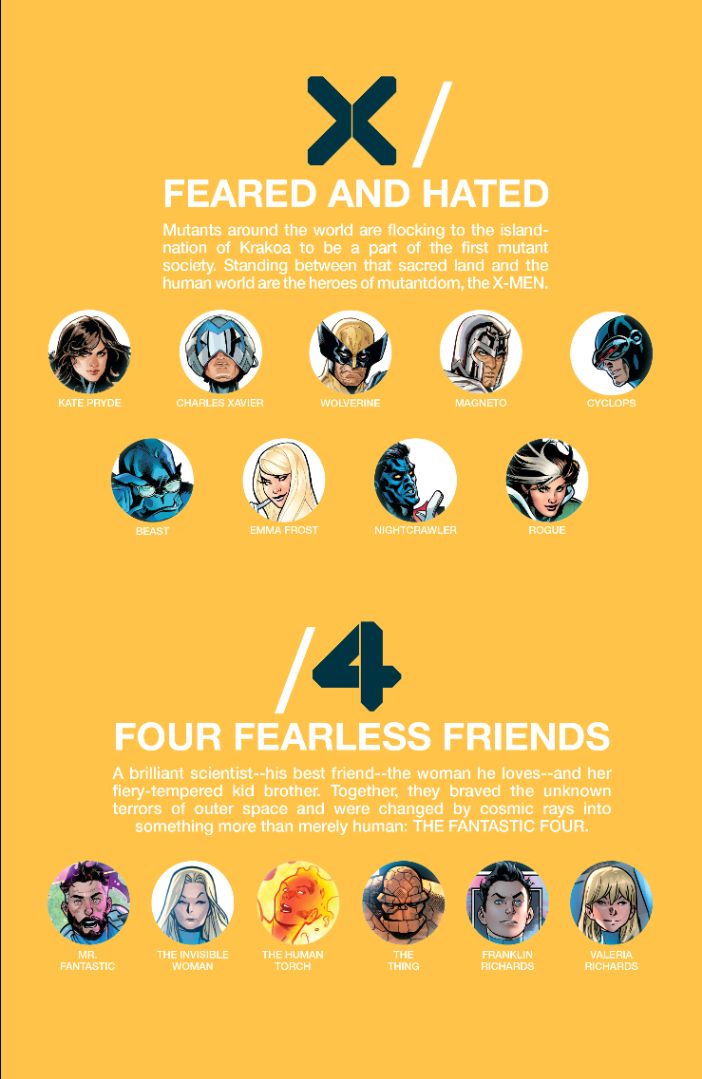
I never stop appreciating how Doom is a bad guy, but you know he’s not THAT bad guy. Zdarsky has a firm understanding of how Doom should be handled as a character, and this whole series has been a testament to that. This is a really great series to run through if you are missing Marvel Two-in-One, albeit sadly shorter. You can’t help but appreciate his style, but his methods can be, well, downright evil.
Doom Victorious?
Doom just can’t resist taking control. His biggest character flaw is that he is essentially incapable of rending control over to someone he sees as “lesser,” which would be most everyone else. In X-Men/Fantastic Four #4, that leads him to take Kate right out of the picture, by utilizing a facet of her own power that she wasn’t even aware of.
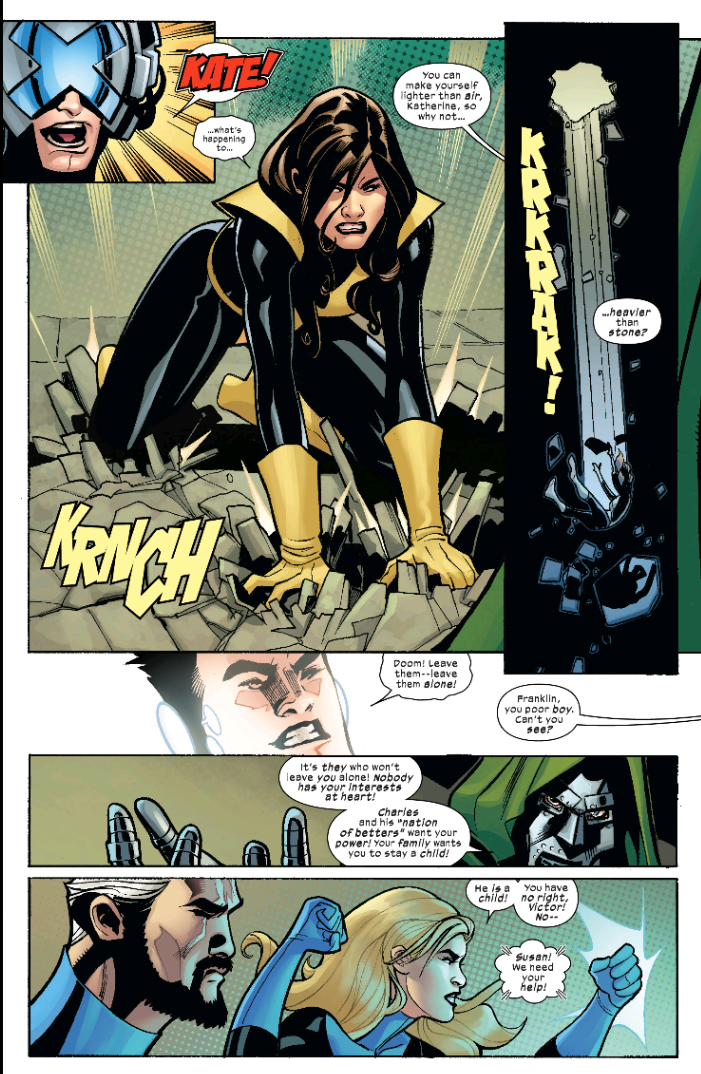
Robbing people of even their own autonomy is not above Doom. He preaches to Franklin about how he is the only one who cares for him, but it’s not him that Doom cares for, it’s just his power and the chance to have control over it. Any weapon or edge he can gain is one less than his enemies have to use against him, and he will seize it at any cost.
Won’t Get Doomed Again
Kate and Franklin unite to free themselves of Doom’s manipulations, as he has yet again underestimated his opponents. But have his opponents underestimated Doom as well? Go figure, the real Doom has already escaped, fleeing from the consequences of his actions. The story beats around ganging up and stopping Doom are pretty standard, nothing too special or interesting, but then, that was never what made this series interesting, was it?
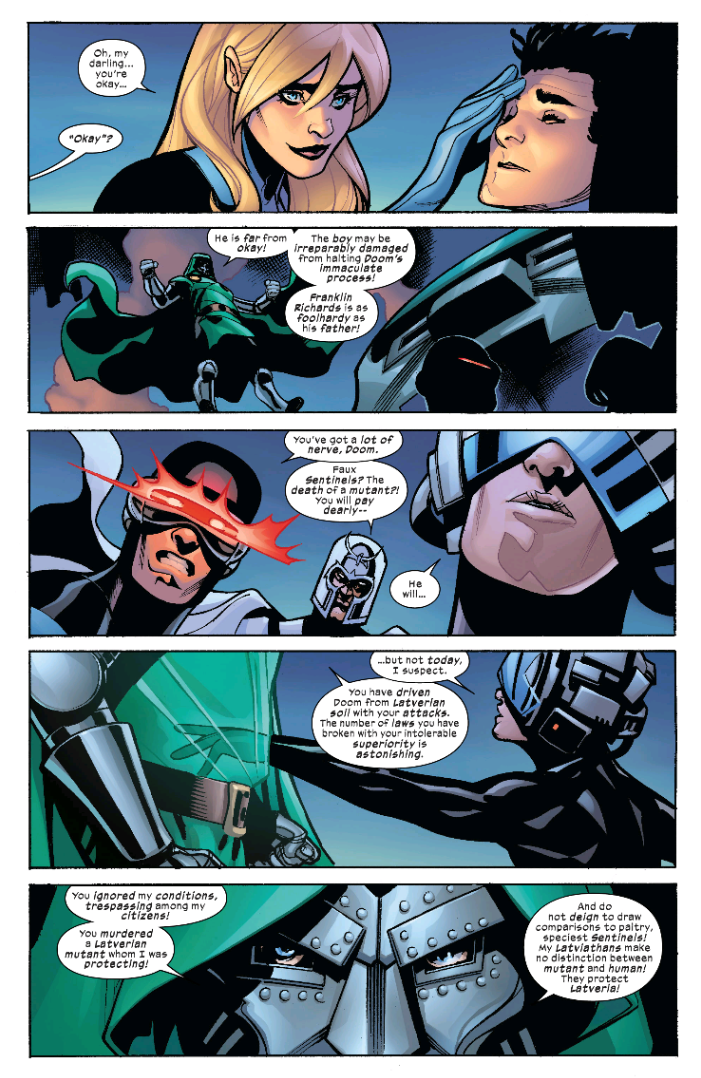
We certainly didn’t come for the superhero fights, which get so tiring these days. No, we came to see the future of Franklin, as well as the rising tension between Krakoa and the larger Marvel universe. Doom may not win over Franklin, or fix his powers, but he has certainly poked the bear that is Krakoa. Likewise, Krakoa is now on Doom’s radar at the very least. This is not the end of this story. A dialogue between Valeria and Doom only throws more fuel on the fire of war. Conflict with Doom is seemingly inevitable, but it’s exciting that this isn’t the last of Doom’s machinations regarding mutants.
At Long Last, Consequences
Perhaps the best part of X-Men/Fantastic Four #4 arrives at the very end. Reed is plagued by a hunger to solve everything he can, even preemptively. He took the fate of his child and tried to mold it into something that made him feel comfortable. Parents think they have their children’s best interests at heart, but sometimes their vision is so warped by their own prejudices, whether they are intended or not. This is as much true in the real world as it is in comics.
Franklin is guilty only of wanting a better understanding of himself and what he is. It makes for a damn fine analogy of, say, a closeted teen trying to discover their sexuality, but being blocked by their parents for fear of turning to something they don’t understand or just aren’t comfortable with. Do I think Reed is a bad dad for this? Not entirely, no, but it was an egregious mistake that he could never fully hope to apologize for. The least he can do is destroy the device and rest easy with the knowledge that his son is at peace. Unfortunately, that’s just not Reed’s way.
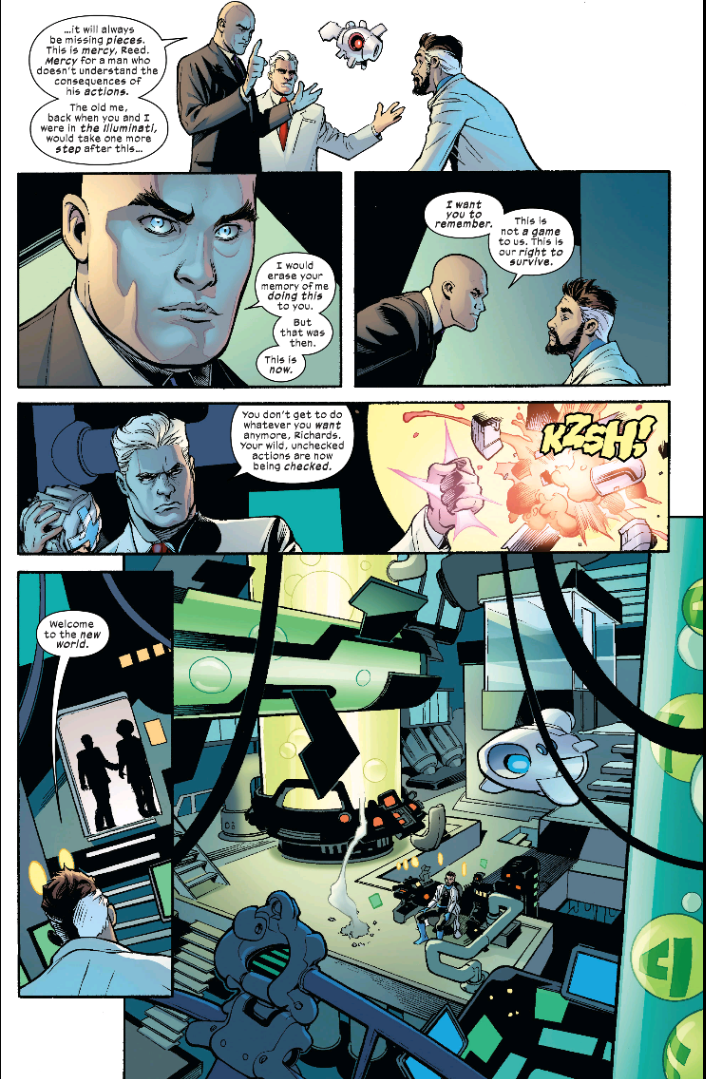
Xavier has become, slowly but surely, more terrifying as the Dawn of X rages. As far as Reed and his device are concerned, he is in line with Magneto in understanding that this was a completely unacceptable turn of events. It’s not enough to destroy it, they need to make a show of force, send a message. Xavier’s allusion to his Illuminati days shows that he has grown as a character, not necessarily for the better or worse, but his tactics have changed and he will do whatever it takes to assure Krakoa, and mutants, thrive.
The data pages that show how the device is made, fade to nothingness, sending a message to the reader as well, that this is not a game and this is a new world.
“You have new gods now”
(( Magneto, House of X #1. ))
Following up on that promise (or threat?) is the most exciting thing an X-book can be right now.
Bad Timing
For two reasons, the schedule this book had to release made things difficult in terms of continuity. One of those is due to Kate currently being killed in the pages of Marauders. The other is the start of Empyre, which includes Franklin Richards and unfortunately spoils the “reveal” of this book. So where does this book actually fit? My theory is that it runs prior to Kate’s death in Marauders even, putting it closer to the very beginning of the Dawn of X.
A Satisfying Conclusion
Despite the delays and the less-than-stellar art, I maintain X-Men/Fantastic Four was very solid overall as a series, and that X-Men/Fantastic Four #4 is a great ending on its own. Zdarsky has some great ideas about X-Men’s new place in the Marvel universe, and it’s a joy to see him write Doom and Ben Grimm again. A little more cohesion in terms of the release around other events and series would have made it smoother, but it didn’t ruin the experience either. The end of this book will have ramifications for the future of the Marvel universe, and that alone is a very exciting prospect.
I do love the Dodsons very much as artists, so I would be remiss if I didn’t point you over to their new book, Adventureman. Coincidentally, it’s written by Matt Fraction, who is Chip Zdarsky’s partner on Sex Criminals. It’s only two issues deep but it is some of the most gorgeous art the Dodsons have ever put out and is a fine display of storytelling prowess. Check it out!
